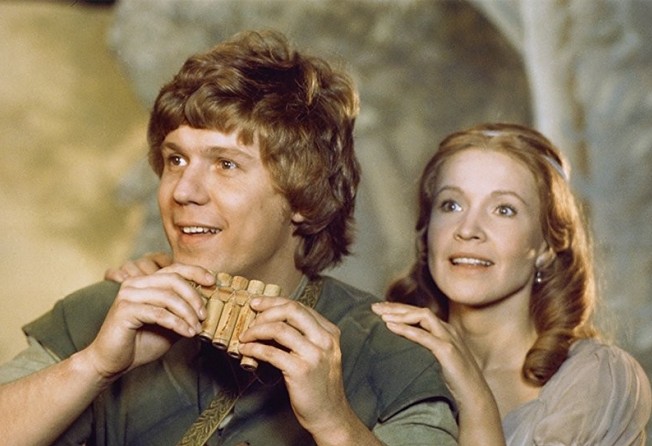Tai Kwun screens Swedish auteur Ingmar Bergman’s beguiling movie-opera, The Magic Flute
Gentle, playful and powerful in turns, the director’s take on Mozart’s classic opera seamlessly unites modern cinema with traditional theatre

Swedish auteur Ingmar Bergman’s made-for-television version of Mozart’s two-act opera The Magic Flute (1975) is a beguiling affair, falling somewhere between a movie and a filmed stage show. Although critics have tried to locate it within the context of the master director’s oeuvre, the 1975 film is generally regarded an anomaly, as neither its themes nor its style reflect any of Bergman’s other works.
Mozart composed the music for The Magic Flute around 1790, and it premiered in 1791. Theatre owner and impresario Emanuel Schikaneder wrote the libretto, possibly basing the narrative on some medieval folk tales. Bergman’s take is a beautiful piece of filmmaking – gentle, playful and thunderous by turns, a work that seamlessly combines the techniques of 18th-century opera with those of modern cinema.
In the story, Tamino, a prince lost in a foreign land, is saved from a dragon by three acolytes of the Queen of the Night. The trio tell him that the queen wants him to rescue her beautiful daughter Pamino from a ruthless ruler called Sarastro, who has abducted her. Tamino sets off with the feisty peasant Papageno to carry out the queen’s wishes – but it transpires that Sarastro may not be the villain after all. Bergman rearranged the order of the scenes, and changed Sarastro into Pamino’s father, a radical alteration that has since been adopted by other productions.
Bergman had been fascinated by the opera since he was 12 years old, when he watched it for the first time at the Royal Opera House in Stockholm. At the time, Bergman would perform children’s fairy tales with his own puppet theatre. “More and more, I began to look for plays that required complicated lighting and frequent changes of scenery,” he said in an interview. “Therefore, it seemed rather natural that The Magic Flute began to occupy a large place in the imagination of the head of this theatre.”
Bergman set his film inside a baroque theatre. But although the film’s setting looks realistic, it was actually a full-scale reproduction of a theatre in the Swedish royal family’s private residence Drottningholm Palace constructed on a sound stage – the actual theatre was deemed too fragile to accommodate the rigours of a film shoot.
The combination of theatre and movie techniques proves to be highly effective. The opera itself is staged, with backcloths and an array of winches and ropes manipulating the scenery. But Bergman films cinematically, often cutting to shots of the audience – which include his family – or wandering behind the scenes to show actors playing chess, or readying for their stage performance.
The Magic Flute will be screened on Saturday at Tai Kwun, in Central, and on July 28 at the Hong Kong Arts Centre, in Wan Chai, as part of the Cine Fan programme.